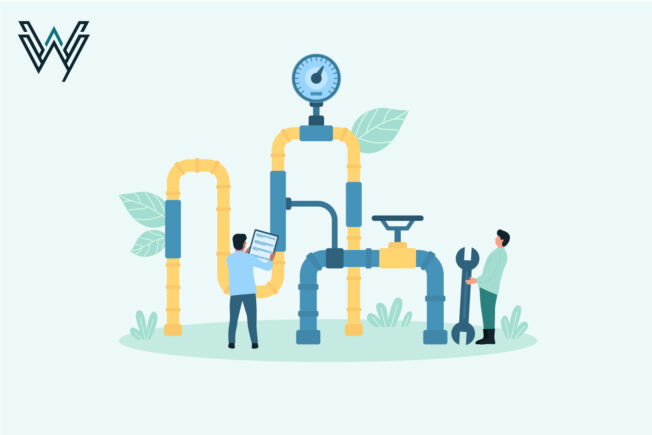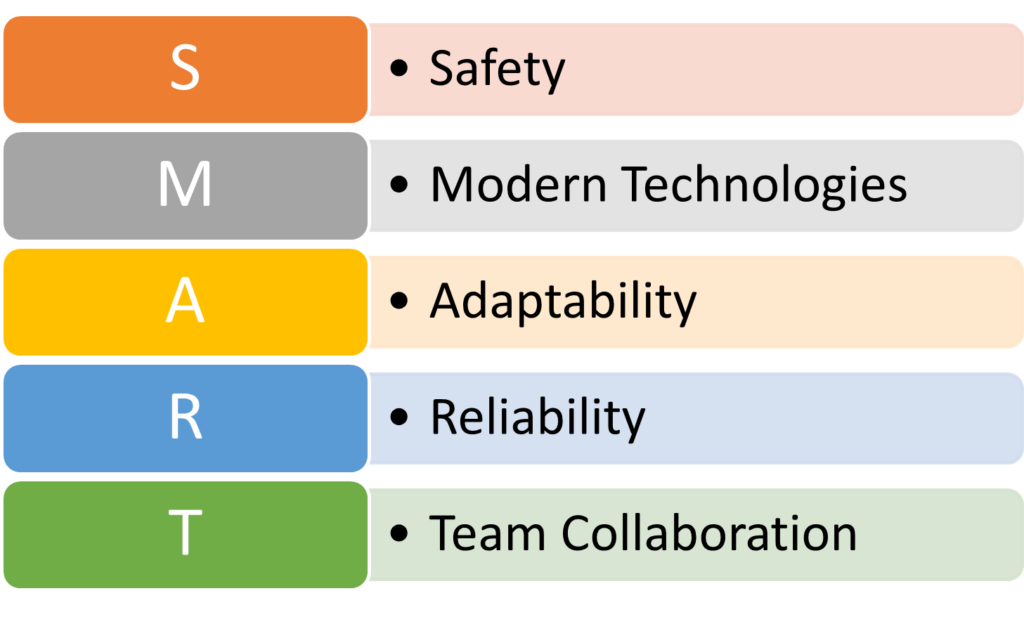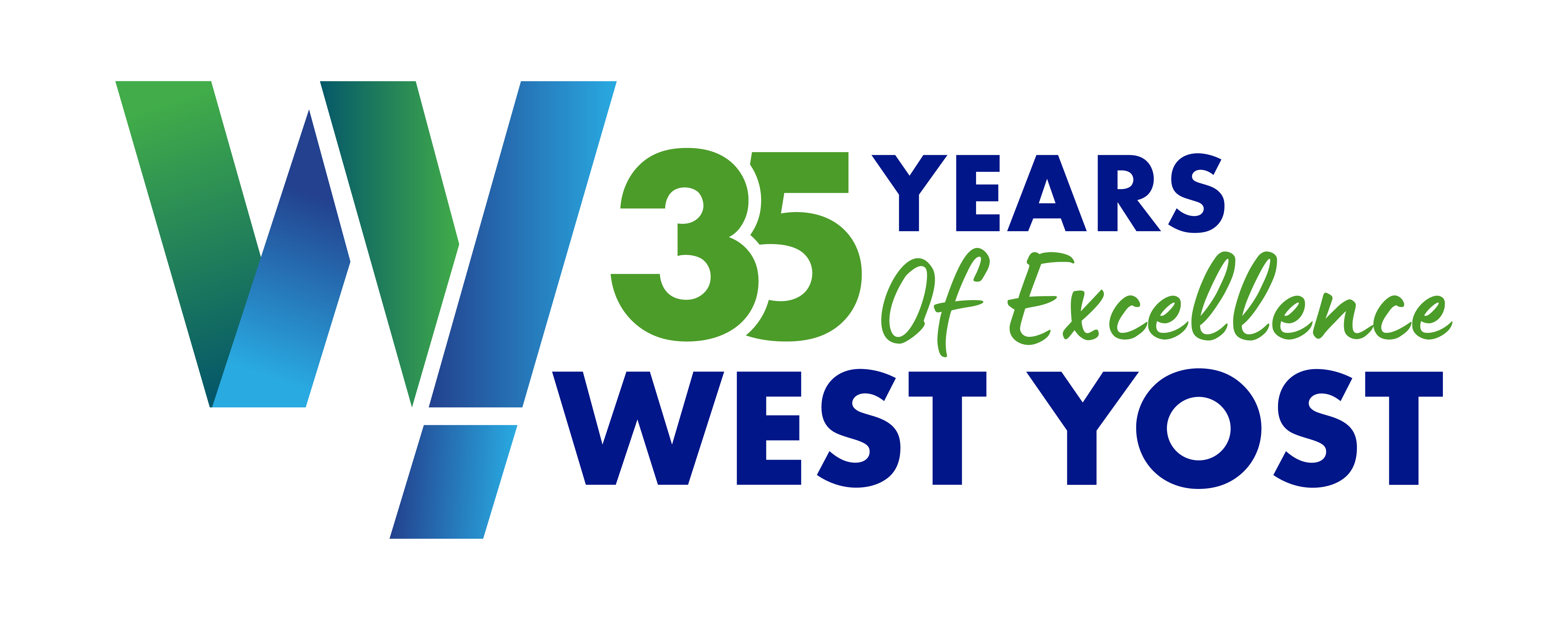Smart Infrastructure: Design for Sustainable Growth How do we protect our public utilities?

By Corie Moolenkamp, PE Infrastructure Business Sector Lead at West Yost
This article contains and answers the following:
How does SMART design improve water infrastructure sustainability?
What are the latest technologies used in water infrastructure projects?
What safety measures are incorporated in modern water infrastructure design?
How does adaptable design benefit water infrastructure in the western states?
- Water infrastructure
- Sustainable design
- SMART principles
- Water engineering
- Public works
- Resilient systems
- Modern technologies
Infrastructure design is pivotal in shaping our communities and driving sustainable growth in an ever-evolving world. At West Yost, our Infrastructure Sector is committed to creating innovative solutions that enhance safety, efficiency, and resilience in the water sector. We have professional water engineers in the western states who focus solely on projects related to storing and conveying all types of water from treatment plants to communities for beneficial use, and returning much of that water safely to the natural environment. Our design and construction projects focus on the principles of SMART design.
SMART Design Principles

In the world of civil engineering, facilities are designed to last a long time. Much of the water infrastructure we still use today is easily 50-100 years old in the Western United States and even older in many other countries. This indicates that the infrastructure we build today must be made to last, and that goes beyond just the materials of construction. Facility sizing must be appropriate today and into the future by taking a close look at community population growth estimates. Technologies used in design need to be standard enough to work with our current systems yet flexible enough to respond to new ones. Safety should never be an afterthought or something that only operations crews worry about – we need to look ahead for concerns and issues and incorporate safe operations and constructability into every design, every time. With these ideas in mind, let’s explore the principles of SMART design.
- Safety:
At West Yost our designs prioritize the safety of construction, operations, and future engineering staff. Where feasible, buried infrastructure is kept shallow, pump stations and vaults are not confined spaces, and climbable structures incorporate safety climb systems and roof-top tie-offs.
“Safety should never be an afterthought or something that only operations crews worry about – we need to look ahead for concerns and issues and incorporate safe operations and constructability into every design, every time.“
2. Modern Technologies:
We leverage innovative technologies and best practices. Our designs incorporate the latest advancements to optimize construction, performance, and maintenance, from cyber-informed engineering and design to requiring intelligent sensors in large concrete pours.
3. Adaptability:
Whether it is climate change, population growth, or unforeseen events, the design of public works facilities need flexibility because our communities are always in flux. Designs that include comprehensive planning up front are more adaptable to our ever-changing world. We often include planning confirmations into our infrastructure design projects; this process can confirm sizing for now and into the future, material specifications that take into account current manufacturing climates, and timing considerations to optimize funding or bidding climates.
4. Reliability:
The long-term viability of our public infrastructure is essential and the most responsible way to use our limited public resources. Our infrastructure systems are designed to withstand the test of time for reliability today and well into the future. When necessary, we design redundancies that fit our clients’ budgets and their systems’ needs, which can mean anything from fully duplicated trains to specialty fittings on the shelf.
“At West Yost, we are not just building infrastructure, we are shaping the future. Our commitment to SMART, sustainable design benefits our communities, our clients, and our environment.”
5. Team Collaboration:
We collaborate closely with clients, stakeholders, and our internal teams to develop collaborative designs that lead to better outcomes and system-wide solutions. We host workshops with all relevant staff, host open houses with communities, and promote great communication with stakeholders to keep our projects on track from initiation through commissioning. We find that continued communication makes all the difference for successful projects.
At West Yost, we are not just building infrastructure, we are shaping the future. Our commitment to SMART, sustainable design benefits our communities, our clients, and our environment. Together, we create a legacy that stands the test of time to be appreciated now and by many future generations.
By Corie Moolenkamp, PE Infrastructure Business Sector Lead at West Yost

Corie Moolenkamp, PE is a professional engineering manager who has progressive experience in the management, design and construction management of water storage, water and wastewater pumping and conveyance facilities, as well as water and wastewater treatment. She has been involved in several planning projects including work on wastewater facilities plans, water supply and distribution plans and water rights. She brings a significant amount of local knowledge to the team, as all of her professional work has been municipal in nature and focused in Oregon, primarily in the Portland metropolitan area. In addition to technical work, Corie has successfully managed projects from $5,000 to $15 million in fees. She is well-versed in the financial, organizational, and resource allocation aspects of public works projects.
